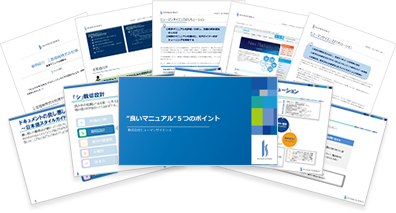
"Which computer will you choose, Windows or Mac?"
How would you all respond to this question?
"Since I'm used to it, I think I'll go with Windows." "Definitely the Mac with the better design."
Various opinions like these will likely emerge. Every option has its advantages, and there are always disadvantages as well. Ultimately, the merits and demerits of both will be weighed, and a choice will be made.
There are pros and cons regarding manuals, which presents a choice between two options.
The two options are choosing between paper manuals or electronic manuals.
In this article, we will introduce the advantages and disadvantages of both paper manuals and electronic manuals. If you are unsure whether to create your manuals in paper format or to digitize them, we hope you will find this article helpful.
- Table of Contents
1. What are the advantages and disadvantages of paper manuals?

First, this chapter will introduce the advantages and disadvantages of paper manuals. While paper-based manuals are an analog medium, there are certainly benefits that come with being analog.
Benefit 1: No need for device or environment preparation
The greatest strength of paper manuals is that no device or environmental setup is required. It may seem obvious, but since it is paper, you can simply flip through the pages to read the manual.
Digitalization of everything has been progressing for decades, but there are still people who struggle with digital devices. It's natural for some people to have strengths and weaknesses in this area, so that can't be helped.
However, the problem is that for those who are not good with digital devices, electronic manuals can be difficult to handle.
Operations such as turning on the power and launching applications can be challenging.
However, in that regard, paper manuals can be considered a very reassuring presence. They can be read without any special preparation. Paper manuals can be distributed in a way that accommodates a wide range of people, regardless of age or gender.
Benefit 2: Can be read anywhere
The second advantage of paper manuals is that they can be read anywhere. As long as you have the paper booklet, you can read the manual on the spot. For example, online manuals require a network environment, but for those who want to read it immediately when in trouble, paper manuals are recommended.
Additionally, with paper manuals, the ability to write notes is also an advantage. By jotting down tips you've learned or advice you've received, you can create a more effective manual.
Benefit ③: You can refer to multiple pages simultaneously
The third advantage of paper manuals is that you can refer to multiple pages at the same time. In the case of paper manuals, if you prepare multiple booklets, you can compare each page while checking the content.
A situation where you want to refer to multiple pages at the same time might be in cases like the following.
"To print to the printer, please press the print button located at the top right of the screen. For instructions on how to turn on the printer, please refer to page XX."
Many manuals available in the world are likely structured this way. Even in such cases, with paper manuals, you can place multiple booklets side by side to compare related pages and verify the content.
Disadvantage 1: Printing costs are incurred
The biggest disadvantage of paper manuals is that the printing costs can be quite high. While it may be inexpensive for a few dozen pages, the costs can add up significantly for several hundred pages.
For example, let's assume we create a 250-page business manual and print it on A4 paper. If we assume the cost of one A4 sheet is 0.7 yen, the cost per printed manual is 175 yen.
Some may feel that it is not that expensive, but the cost will increase further when distributed to all employees. For 200 employees, it will be 35,000 yen.
Moreover, manuals are not just created once and finished. They will be revised according to the business content. Each time, it is necessary to redistribute the manuals, so in the case of printed manuals, printing costs will always be incurred.
Disadvantage ②: Difficulty in searching for information
The second disadvantage of paper manuals is the difficulty in searching for information. This is because, in the case of paper manuals, it is necessary to manually search for information by flipping through the booklet.
For example, let's assume you are reading a nearly 200-page manual on operating a POS register. If you want to know how to use the clear button, you would need to search through the 200 pages to find the relevant page. Of course, in cases like the operation of the clear button, which falls under a larger category, it is possible to easily find the relevant page from the table of contents.
However, it is not always possible to find the necessary information from the table of contents. In the case of paper manuals, there are indeed instances where searching for the desired information can be difficult.
Disadvantage ③: Difficult to update content
The third disadvantage of paper manuals is that updating the content is difficult. This is because, in addition to the effort required for corrections, there is also the need for the effort of redistribution and announcements for replacements.
Editing manuals is a task that requires a lot of attention to detail. It is essential that there are no errors in the content, and careful consideration for readability and other nuances is necessary. Additionally, the process is made even more challenging by the numerous associated tasks, such as distribution efforts and announcement of replacements, making content updates even more difficult.
2. What are the advantages and disadvantages of electronic manuals?

Next, this chapter will introduce the advantages and disadvantages of electronic manuals. Since electronic manuals are digital information, they have data-related benefits such as ease of rewriting and portability.
Benefit 1: Creating and updating manuals is easy
The biggest advantage of electronic manuals is that they are easy to create and update. This is because you only need to store the data on a server, eliminating the need to distribute physical copies.
For example, let's consider the case of updating an already created manual. In the case of electronic manuals, the work is completed simply by replacing the manual stored on a server and making an announcement.
Another significant advantage of operating with electronic manuals is that work can be completed solely on the data, allowing tasks to be performed anytime and from anywhere.
Benefit 2: Utilize search to quickly obtain the information you want
The second advantage of electronic manuals is that they utilize search functions, allowing you to quickly obtain the information you need.
For example, if there is a word you want to look up in a Word file, what do you do?
Most people would display the search window by pressing the "ctrl" and "F" keys simultaneously.
In the electronic manual, you can quickly look up the words you want to investigate from the search window in the same way. If you need to look something up immediately, the electronic manual is undoubtedly faster in getting you the information you need.
Benefit ③: Data can be transported
The third advantage of electronic manuals is that they can be easily transported. This is because electronic manuals are essentially data, which can be easily transferred to other locations.
For example, let's consider a case where you want to check a manual at home. What if one manual spans several hundred pages and there are about five manuals in total? Just carrying them would require quite a bit of effort, wouldn't it?
If it is an electronic manual, it can be easily viewed by simply downloading it from the server. Since the electronic manual is just data, it can be easily transported.
Disadvantage 1: A device is required to display electronic manuals
The biggest disadvantage of electronic manuals is that a device is required to display them. It may seem obvious, but electronic manuals cannot be viewed alone. Devices such as tablets, computers, and smartphones are necessary.
As the need for devices for viewing arises, one problem comes to the forefront. That problem is that there are people who struggle to handle devices effectively. Just as people have their strengths and weaknesses, there are those who find machines particularly challenging. For those individuals, handling devices must be quite a struggle.
While electronic manuals require devices, which can be a disadvantage, there are also cases where they can be difficult for users to handle, so caution is advised.
Disadvantage ②: It is difficult to view multiple pages
The third disadvantage of electronic manuals is that it is difficult to view multiple pages.
Many manuals available in the world are designed to prompt references to related pages when the content diverges from what is currently being explained.
"To print to the printer, please press the print button located at the top right of the screen. For instructions on how to turn on the printer, please refer to page XX."
In such cases, it is not possible to verify the content without jumping to the relevant page in the electronic manual.
Unlike paper manuals, it is not easy to prepare multiple devices, making it difficult to quickly browse through multiple pages.
3. Summary
How was it? This time, we introduced the advantages and disadvantages of electronic manuals and paper manuals. At first glance, paper-based manuals may seem outdated, which often leads to the inclination to adopt electronic manuals. However, choosing electronic manuals is not always the best option.
We hope you can use this article as a reference to compare the advantages and disadvantages of each. Based on that, let's implement the manuals that are suitable for your company. Finally, we have summarized a comparison table for your reference.
| Benefits | Disadvantages | |
|---|---|---|
| Paper Manual | ・No need for device or environment preparation ・Can be read anywhere ・Can reference multiple pages simultaneously |
・Printing costs are quite high ・Information retrieval is difficult ・Updating content is not easy |
| Electronic Manual | ・Creating and updating manuals is easy ・Utilize search to quickly obtain the information you need ・Data can be carried around |
・A device is required to display electronic manuals ・It is difficult to display multiple pages |
















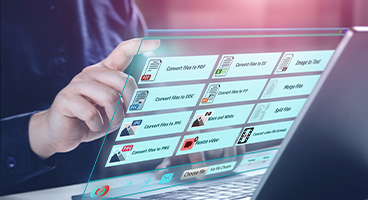

































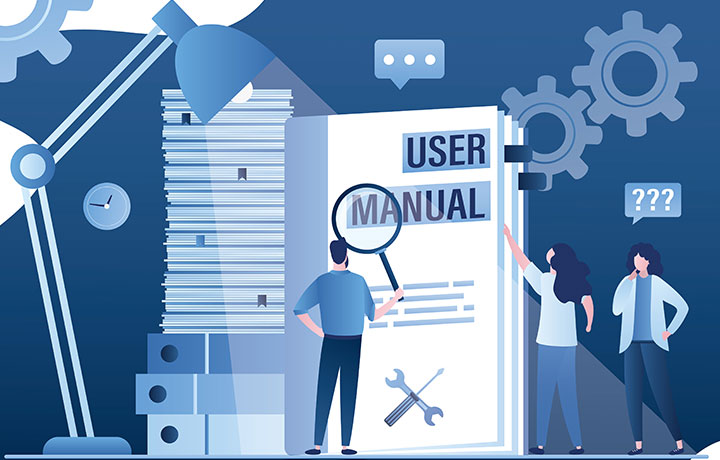



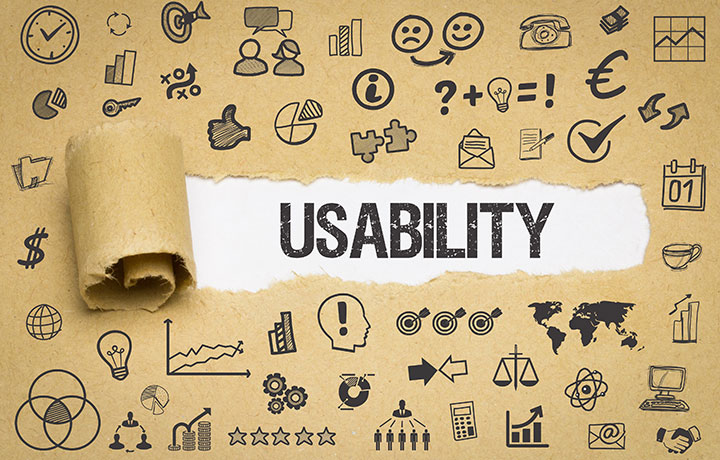





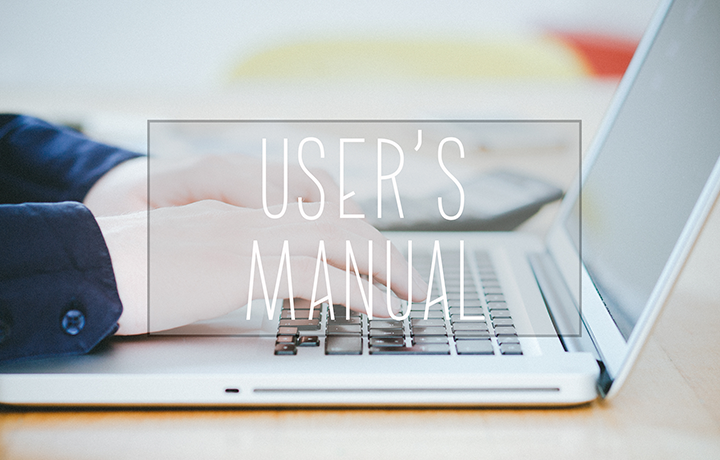











 Manual creation
Manual creation Director, Writer
Director, Writer In-house Support
In-house Support Video
Video Manual
Manual Manual Creation
Manual Creation One-Stop Service for Manual Creation
One-Stop Service for Manual Creation Manuals and Documents
Manuals and Documents